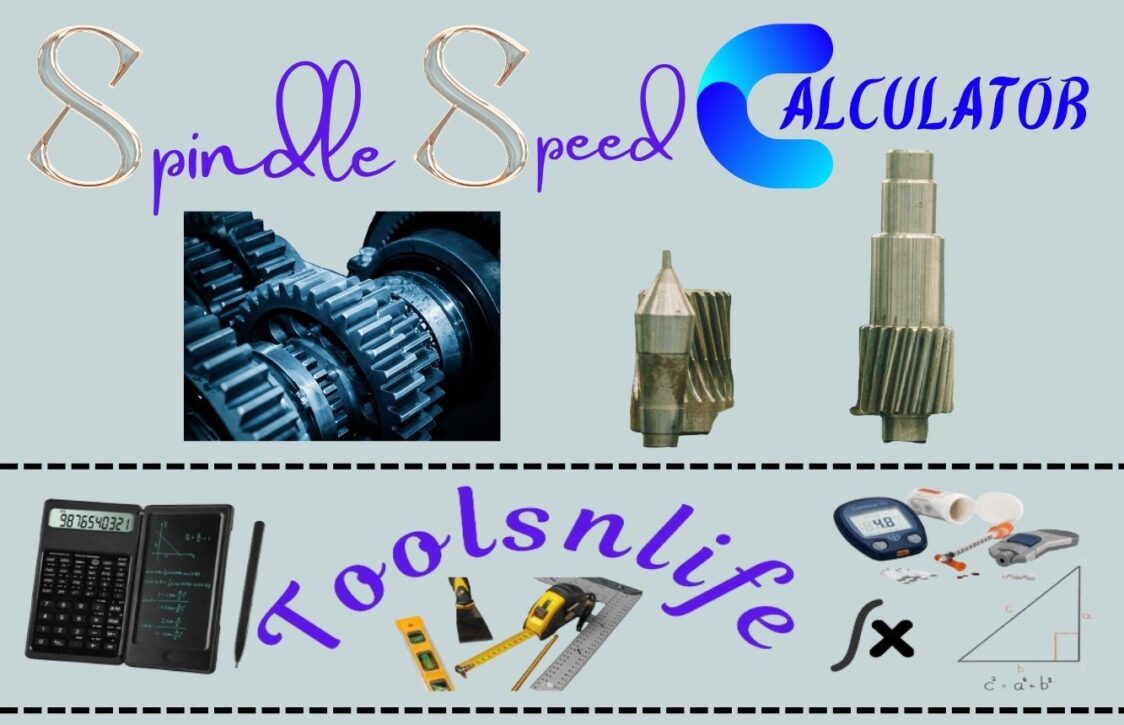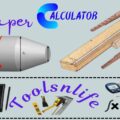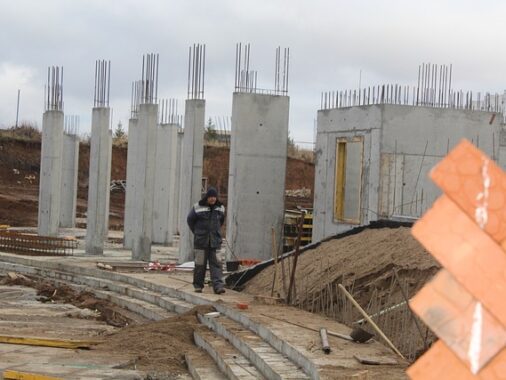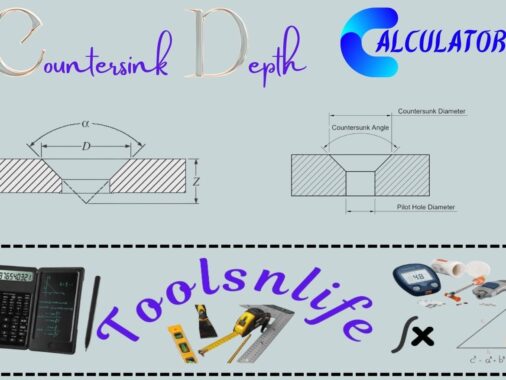Understanding Spindle Speed Calculations for Optimal Machining Performance
As a machinist with over 15 years of experience in precision manufacturing, I’ve learned that properly calculating spindle speed is absolutely critical for achieving optimal results in milling operations. Getting these calculations right means the difference between a perfectly finished part and a costly mistake that ruins both your workpiece and cutting tools.
Why Spindle Speed Matters in Machining Operations
Spindle speed, measured in revolutions per minute (RPM), directly influences several crucial aspects of the machining process:
- Surface finish quality – Proper RPM prevents chatter and vibration
- Tool life expectancy – Correct speeds reduce premature tool wear
- Material removal rates – Optimized speeds maximize efficiency
- Dimensional accuracy – Appropriate RPM maintains part precision
- Production costs – Proper calculations reduce scrap and tooling expenses
Practical Applications: Real-World Examples
Based on my extensive experience across various manufacturing environments, here are some typical scenarios where precise spindle speed calculations prove invaluable:
Example 1: Aluminum Machining
When working with 6061 aluminum using a 1/2″ carbide end mill (4 flute), I typically use:
- Cutting speed: 250-300 m/min
- Feed per tooth: 0.08-0.12 mm
- Expected spindle speed: ~6000 RPM
- Result: Excellent surface finish with extended tool life
Example 2: Steel Machining
For 4140 steel with a 3/8″ cobalt end mill (6 flute):
- Cutting speed: 30-40 m/min
- Feed per tooth: 0.05-0.08 mm
- Expected spindle speed: ~800 RPM
- Result: Controlled chip formation and reduced work hardening
Expert Tips for Optimal Spindle Speed Selection
Through years of troubleshooting machining issues, I’ve developed these practical guidelines:
- Start conservative – Begin with manufacturer-recommended settings and adjust based on actual performance
- Listen to your machine – Unusual sounds often indicate incorrect speed settings
- Monitor chip formation
- Consider tool material – Carbide tools typically handle higher speeds than HSS
- Account for tool deflection – Longer tools may require reduced speeds to minimize vibration
- Factor in workpiece rigidity – Less secure setups may need speed adjustments
Common Mistakes to Avoid
I’ve witnessed these frequent errors throughout my career that lead to suboptimal results:
- Using outdated speed charts that don’t account for modern tool materials
- Ignoring machine capabilities – not all equipment can achieve calculated ideal speeds
- Overlooking coolant effects – flood coolant often enables higher speeds than mist or dry machining
- Forgetting about tool wear – worn tools may require speed adjustments
- Neglecting material variations – even within the same material grade, hardness can vary
Advanced Considerations for Professional Machinists
For those looking to optimize beyond basic calculations, consider these advanced factors:
- Dynamic tool pressure – Higher speeds may reduce cutting forces in some materials
- Thermal management – Speed affects heat generation and dissipation
- Harmonic vibration – Certain RPM ranges may excite natural frequencies in your machine tool
- Power consumption – Higher speeds don’t always mean higher efficiency
- Tool engagement adjustments – Radial and axial depth of cut influence ideal speed selection
Troubleshooting Spindle Speed Issues
When facing machining problems, use this diagnostic approach I’ve developed over the years:
- Problem: Poor surface finish → Solution: Increase speed or reduce feed
- Problem: Short tool life → Solution: Reduce speed or improve cooling
- Problem: Chatter vibration → Solution: Adjust speed (up or down 10-15%) to find stable zone
- Problem: Burr formation → Solution: Increase speed or adjust tool geometry
- Problem: Dimensional inaccuracy → Solution: Check for tool deflection, possibly reduce speed
Conclusion: Mastering Spindle Speed for Machining Excellence
Precisely calculating spindle speed represents one of the most fundamental yet critical skills in machining. While our calculator provides accurate mathematical results based on established formulas, remember that real-world application requires consideration of additional factors like machine condition, tool quality, material variations, and desired finish requirements.
The most successful machinists I’ve worked with combine mathematical calculations with practical experience and continuous observation. They understand that the numbers provide an excellent starting point, but fine-tuning based on actual machining performance separates adequate results from exceptional ones.
Ready to optimize your machining operations? Use our spindle speed calculator above to establish your baseline parameters, then apply the expert tips I’ve shared to refine your process. Remember to always prioritize safety and consult your machine’s specifications before implementing new speed settings. For specific material recommendations or advanced troubleshooting, consider consulting with tooling manufacturers or experienced machining professionals.






